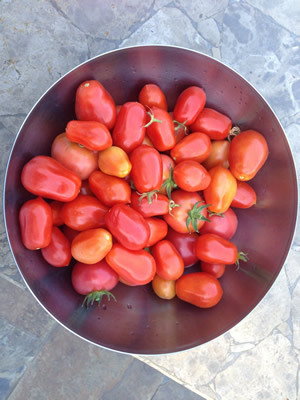The theme of PNSQC 2016 is ‘cultivating software quality’, but what does that mean? Does it mean software quality needs to grow like the tomatoes in my garden? Certainly! But let’s take a closer look at some of the similarities: 
1. In my garden I need to break up the soil, and determine the properties of the soil to see what needs to be added, i.e. bone meal, manure, or other forms of augmentation to make the soil suitable for what will be grown. For software quality, a lot of preparation is needed as well. Depending on your deficiencies, you need to evaluate your testers, your software’s risk areas, tooling, amongst many things before you can really embark on the new season.
2. In my garden, I need to make sure that I plant carefully and in an organized way, otherwise I’ll forget where I planted what! In other words, I need a plan not only for where to plant things but also when to plant. For example, If I have several types of tomatoes, or many tomatoes, it may be a good idea to plant over the course of a few weeks. Otherwise I’ll have a ton of tomatoes that I can’t eat all at one time. For software quality, it’s the same, you need a plan. A plan for your resources and a plan for what resources will do at what time. You may need to plan for peak periods and augment resources. You also need to plan for what devices or platforms you’ll support, etc.
3. For my garden, after I plant, it needs constant attention. I need to make sure I water it the right amount, not too much and not too little. I also have to fight the weeds from all directions. For software quality, I also need to pay constant attention. Finding defects, and more importantly analyzing where they come from on a continuous basis so that I can improve, amongst many other continuous activities. Hopefully, if I do all these things, I’ll be able to enjoy some great vegetables all summer and into the Fall. For software quality, this is where the analogy ends because you’ll be reaping the benefits for years!



